3 min read
Pneumatic Drain Valve 101: Installation and Operation
Tsunami Team
:
Jan 17, 2023 9:12:53 AM
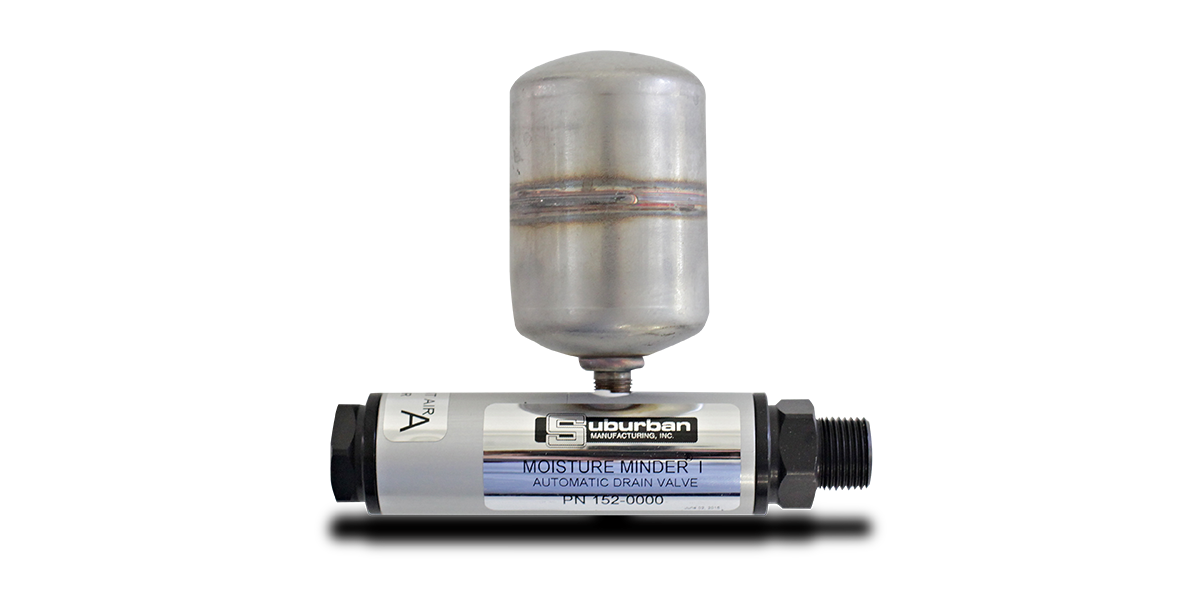
To ensure condensation does not cause corrosion or impede the quality of the final product, a drain valve is a necessary component of your compressor setup. More specifically, a pneumatic drain valve is essential to maximize your compressors efficiency through reduced air loss.
Effective in reducing maintenance costs and compressed air efficiency concerns in the system, a pneumatic drain valve is an investment that pays long-term dividends in protecting your bottom line.
why should you drain water from compressed air tanks
Continued buildup of condensation in a compressed air system leads to rust, corrosion, and tool damage, as well as potentially damaging the final product upon which the compressed air is used.
Pneumatic Drain Valve Installation Options
Many pneumatic drain valves can be remotely installed to discharge condensation from a variety of collection areas such as:
-
Drip legs
-
Receiver tanks
-
Filters
Unfortunately, many of the pneumatic drains capable of keeping up with the amount of condensation forming are expensive and those which are less costly tend to struggle with the moisture load in the air system.
In the case of Tsunami, we have engineered solutions which will effectively remove the variable condensation loads when integrated with our Drain Minder controller. For convenient installation, Tsunami Compressed Air Solution’s 20 CFM, 50 CFM, and 120 CFM filters are available with built-in pneumatic drains which have an internal reservoir to collect condensation. The drains incorporated into these filters simply require an independent, intermittent pilot signal to actuate the drain valve. When a pilot signal is not readily available, these drains can then be controlled with a Drain Minder controller to send the pilot signal.
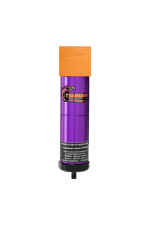
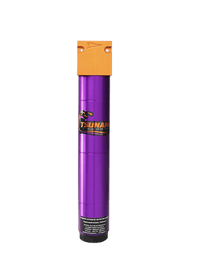
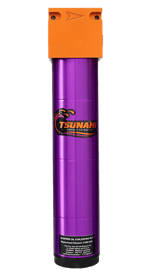
20 Series Filter 50 Series Filter 120 Series Filter
With the larger filter series, 300 CFM, 600 CFM, and 800 CFM, we have engineered a system utilizing our externally mounted pneumatic drains and Drain Minder controller. The expectation of larger condensation removal at these flow rates, having the ability to control how often the drains are receiving a pilot signal to actuate provides even greater flexibility to maximize the air system’s efficiency.
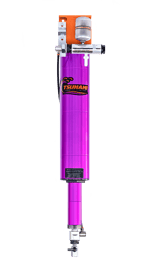
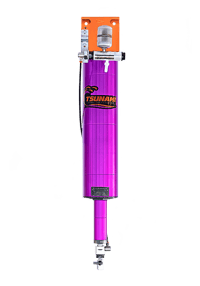
300 Series Filter 600 Series Filter
The Moisture Minder pneumatic drain, which is an externally mounted drain valve, not only provides you the ability to drain receiver tanks and drip legs throughout the air system but also gives you the opportunity to replace other manufacturer’s drains by simply removing their float and routing the moisture to the Moisture Minder drain.
Installation Instructions
For the external drain with the Drain Minder Controller, the installation process is as follows:
-
The drain must be mounted within 20 to 25 feet to use the tubing included in the kit provided. If you prefer to mount it more than 25 feet from the system, additional tubing will be needed.
-
Mount the bracket directly to the wall or use the u-bolt and bracket assembly from the pneumatic drain installation kit (P/N 21999-0317) to mount to the piping of your air system.
-
Mount the controller within 6 feet of a 110v outlet.
-
Route the drain tubing from the filter, receiver, etc. to the water inlet port of the Moisture Minder drain valve
-
Run the pilot tubing from the Drain Minder controller to the “Intermittent Air” port of the drain valve.
Please take note of the following, depending on where the pneumatic drain is installed and how much condensation removal is expected, start with the following settings for the Drain Minder timer.
- Heavy Use Cases: You want the Drain Minder to actuate every 30 seconds to 1 minute.
- Lighter Use Cases: You can opt to actuate every 10 to 15 minutes.
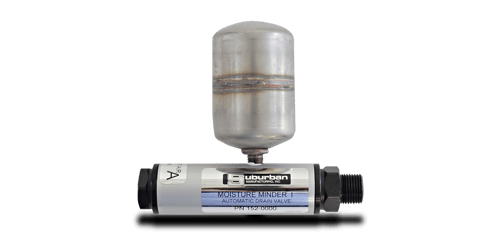
How Often Should You Drain Water from an Air Compressor?
Short answer: As often as possible.
System use correlates with water drainage. In other words, the more you use the compressor, the more often you should be initializing the pneumatic drain valve function to help maintain the efficiency of your compressed air system.
Pneumatic Drain Valve Operation
Operating a pneumatic drain valve involves actuating the drain with some intermittent pilot signal. Whether the pilot signal is from an air cylinder actuating or other source to provide an intermittent signal, Tsunami allows for more precise and efficient control of the discharge rate. If such a signal is unavailable, simply install the Drain Minder.
If you choose a Drain Minder Control, its timer, coil, and pilot signal send intermittent signals sent to the drain. The process is as follows:
-
Condensation, while going through the strainer, takes large particulates with it into the drain. Moisture sits by the steel ball.
-
The piston actuates forward, blocking the discharge port. This pushes the ball off the seat, allowing condensation to collect in the external reservoir.
-
The pilot signal is removed, the spring helps the piston return, the stainless steel ball blocks off the water side of the drain, and the accumulated condensation is discharged through the drain port.
____________________________________________________________________________
Tsunami Pro Tip: Check out our video resource on Pneumatic Drains
____________________________________________________________________________
Drain Preference: Pneumatic Valve vs. Electric Valve Use
The use of a pneumatic valve vs. an electric drain valve comes down to:
-
The energy used to facilitate the valve operation
-
The expected cycle lifespan
-
The efficiency of operation; venting compressed air instead of water.
Pneumatic valves are also considered explosion-proof. The distinction can change when a solenoid valve is paired with a pneumatic drain, such as the Drain Minder. The Drain Minder allows for remote piloting up to 100 feet or more which may allow you to mount outside the explosion proof zone. A pneumatic valve has a lifecycle of up to 1,000,000 on/off cycles.
Use and Your Compressed Air System
The option of draining via the pneumatic valve protects your system from the corrosive effects of trapped condensation. Installation depends on the system and personal preference. To optimize the performance of your compressed air system, a pneumatic valve should be installed properly.
Have Questions?
Tsunami experts are available for questions about pneumatic valves or your compressed air system as a whole. Reach out today and get to the bottom of your setup or drain needs.
Editor's Note: This blog was originally published in 2023 and was updated in May of 2024 to enhance reader experience.
